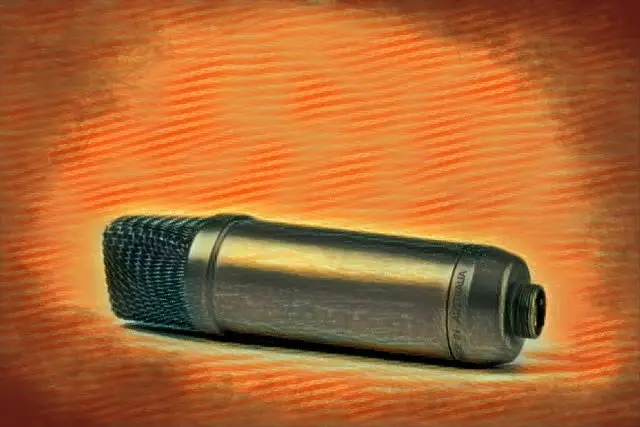A great song starts with an excellent recording. But how do you create a polished recording? It all comes back to finding the right type of microphone for the job. Whether you're an instrumentalist, producer, or singer, you've probably participated in the recording process at some point in time.
Luckily, we've crafted a complete guide to the different types of microphones so that you can find the right tools for the job. Below, we'll break down the key differences between condenser mics, ribbon mics, and dynamic mics and share how exactly microphones work to clear the air.
How Do Microphones Work?
A microphone is a transducer or a device that converts energy from one form to another. The microphone takes in mechanical wave energy and converts it into electrical energy, allowing the sound to be amplified, altered, and recorded.
Recording studios hold several different types of microphones since varying construction can affect how a microphone takes in sound. Some types of microphones like liquid or carbon microphones are largely outdated. Other types of microphones including condenser mics, ribbon mics, and dynamic mics continue to dominate the recording scene today.
What Is Phantom Power?
To understand some of the best microphones for capturing vocals or other sounds, it's key to understand phantom power. There are active and passive microphone types, where active microphones require an additional power source via phantom power to operate properly.
Phantom power is usually needed for utilizing condenser mic types. Condenser microphones are considered active mics, whereas dynamic mics and most ribbon microphones are passive, and don't need external power. Condenser microphones that require phantom power typically take in power through a connected audio interface or via a powered preamp.
Why Are There Different Types of Microphones?

There are different types of transducers based on the type of microphone, with condenser mics having a separate system than that of dynamic mics. Microphones can also have different diaphragm sizes and polar patterns which affect the way they take in sound.
Having a wide selection of microphones allows you to find the best recording pick-up for different types of sounds. For instance, room mics for an acoustic guitar will be incredibly different from bass mics designed to pick up lower frequencies. Vocal recordings, guitar amps, and field recording gear all have various types of microphones suited to their individual purpose.
In this guide, we'll cover the most commonly used studio recording microphones: the condenser microphone, ribbon mic, and dynamic mic. There are plenty of other types of microphones like wireless microphones or USB microphones, but these wouldn't be used while studio recording since connectivity may cause extra latency in the studio.
Simply put, different types of mics capture different types of sound quality. Certain mic types aren't better than others, you just have to be able to evaluate which microphone makes the most sense for your situation at any point in time.
Microphone Diaphragms
A diaphragm is a thin material that vibrates when a microphone picks up sound. The vibrations convert sonic energy to electrical energy which affects a microphone's dynamic range and pick-up sensitivity.
Within the different types of microphones, there are various diaphragm sizes that have a massive effect on how sound waves are interpreted, even within the same category of microphone type. Here's what you can expect from each diaphragm size so that you can find the right mic for your needs.
Small Diaphragm Mics
Small diaphragm microphones usually have thin, cylinder-like shapes, and are sometimes referred to as pencil mics. These microphones are easy to position and have a wide dynamic range, making them great for picking up anything from bass instruments to hi-hats.
Medium Diaphragm Mics
Medium diaphragm microphones take in some of the best qualities of small and large-diaphragm mics. They can still pick up some of the detailed, high-frequency content showcased in small-diaphragm mics while taking in the warm sound usually defined by large-diaphragm microphones.
Large Diaphragm Mics
Larger diaphragm microphones have more surface area to take in a larger swath of the frequency spectrum. For instance, large-diaphragm condensers are going to pick up much more sonic information than small diaphragm condenser mics. These delicate microphones can sense more subtle changes in sound pressure levels and are the standard for recording vocals.
Understanding The Polar Patterns
Each microphone has its own polar pattern which can affect the processing of audio. A polar pattern describes how different types of microphones pick up sound. The patterns refer to a microphone's sensitivity and sound pressure level at any given angle in relation to its access.
Cardioid Mics
A cardioid microphone pattern, sometimes called a unidirectional polar pattern, is designed to take in sound waves in the direction that the microphone is being pointed. It actively cancels out any sound source behind the microphone to help with isolation. For this reason, these cardioid microphones are incredibly popular vocal microphones since they help control ambient noise.
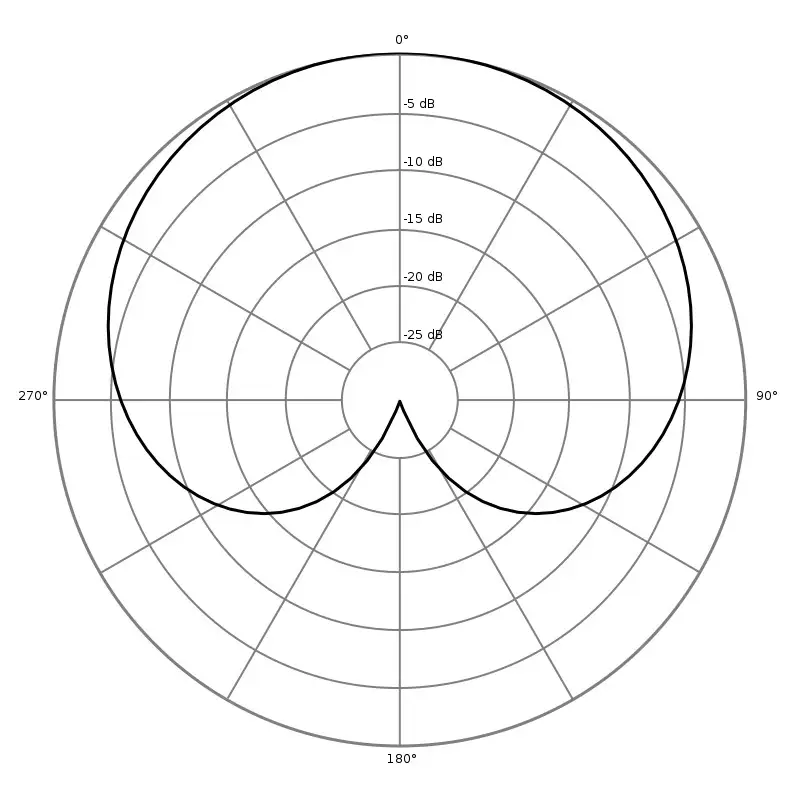
Omnidirectional Microphones
As the name suggests, microphones with an omnidirectional polar pattern capture sound from everywhere around the microphone, without canceling out any surrounding noise.
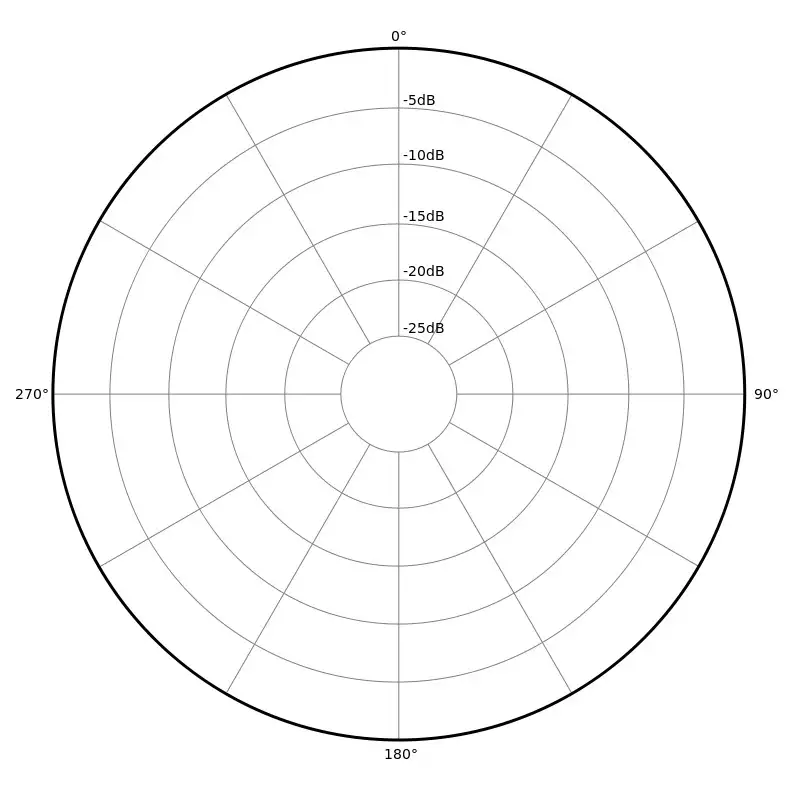
Bidirectional Microphones
The bidirectional microphone pattern, sometimes called a figure 8 polar pattern, takes in sound sources directly in front and behind the microphone. Bidirectional microphones are great for minimizing unwanted noise from either side of the microphone, and can be choice picks for recording live ambiance, tracking a podcast, or any situation where you want to mitigate unwanted noise from the sides.
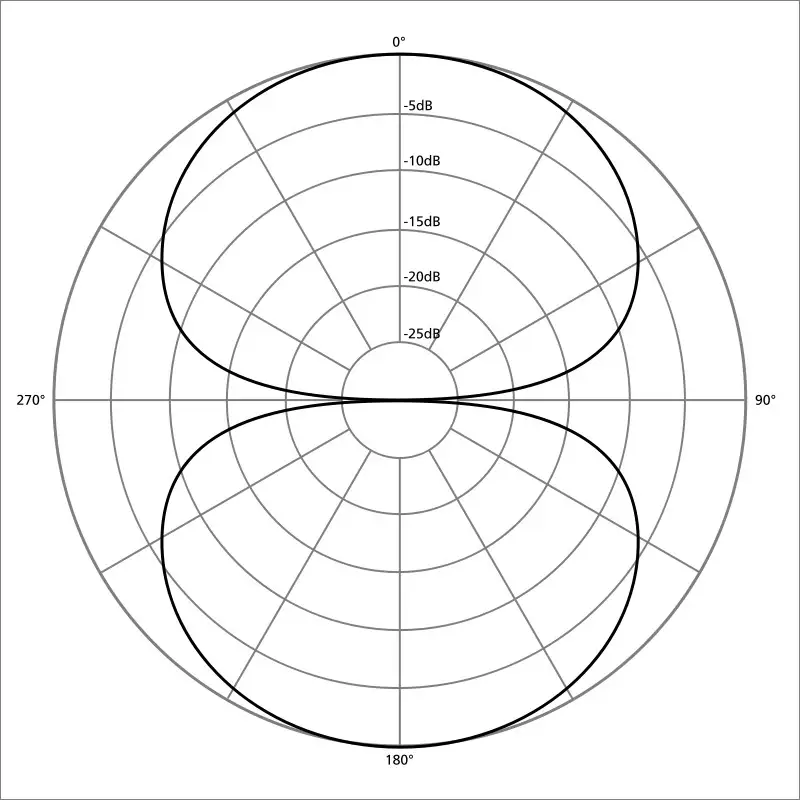
Understanding The Proximity Effect
It's also worth noting that the way you record with your microphone has an effect on how the microphone takes in sound. We've created a complete guide to recording vocals here , but there are a couple of basic parameters every musician should be aware of.
Microphones are sensitive mechanisms, and certain microphone types, like ribbon microphones, are particularly prone to damage when not used correctly. Generally speaking, vocalists should opt to be at least 6 inches away from the microphone while singing.
Different styles of singing and types of microphones will adjust this slightly, but the important note is that mic placement is incredibly impactful while recording. The proximity effect states that the closer a vocalist is to a microphone, the more low-end frequencies the microphone will pick up. It also works in the opposite direction. Microphones that are further away from the vocalist will pick up fewer low-end frequencies.
As discussed below, certain microphone types are optimized to capture various types of frequencies, but placement alone is a powerful tool for shaping your sound.
The 3 Main Types of Microphones
When it comes to recording, there are three main types of microphones: Condenser mics, ribbon mics, and dynamic mics. You may come across ancient microphone types like carbon, crystal, tube, dual-element, or shotgun mics, but the first three are by far the most common.
Dynamic Microphones
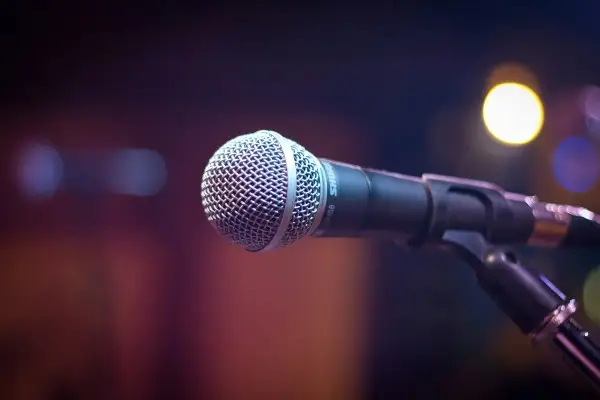
Dynamic mics are one of the sturdiest and widely used microphone types used today. A dynamic mic is commonly used during live performance or while recording genres with a more emphatic vocal delivery like rock or hip hop music. Common examples of dynamic microphones include the Shure SM57 or Sennheiser MD 421-II. Wireless mics are also usually some type of dynamic mic.
The dynamic mic, unlike other microphone types, can survive an unintentional drop or the basic wear and tear of a home studio. They are designed to pick up on louder noises, making them great for tracking drums, guitars, etc. as well as vocals. You'll also find that dynamic mics are usually the cheapest microphone option available and tend to be cardioid mics.
Dynamic microphones are sometimes called moving-coil dynamic mics referring to the movement of the conductive coil inside of the microphone.
Condenser Microphones
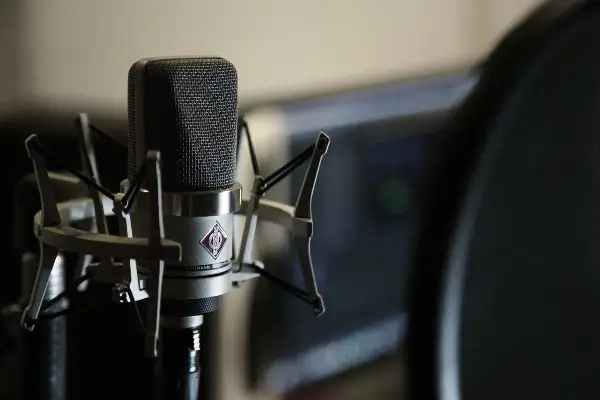
Condenser mics, sometimes referred to as capacitor mics, are vocal studio recording microphone powerhouses. The condenser mic is designed to pick up bright, smooth vocals, and has less of a low-end frequency pick-up than most dynamic or ribbon mics.
The condenser mic requires an external power source to charge it properly. In most condenser mics, a charged metal diaphragm is attached to a fixed metal plate. Condenser mics are fairly delicate and can be damaged from an accidental bump. These microphones need to be stored carefully to stay intact.
You'll usually come across two categories of condenser microphones: Small diaphragm condensers and large diaphragm condenser mics. Small diaphragm condensers are usually used to pick up instrument sounds due to their excellent high-end frequency response. Large diaphragm condenser mics have a fairly well-rounded frequency response making them well-suited for stereo recording vocals.
You'll find that many large diaphragm condenser microphones offer a variety of different polar patterns so that you can adjust your microphone according to use. In most cases, you'll utilize the cardioid pattern to capture vocals.
Ribbon Microphones
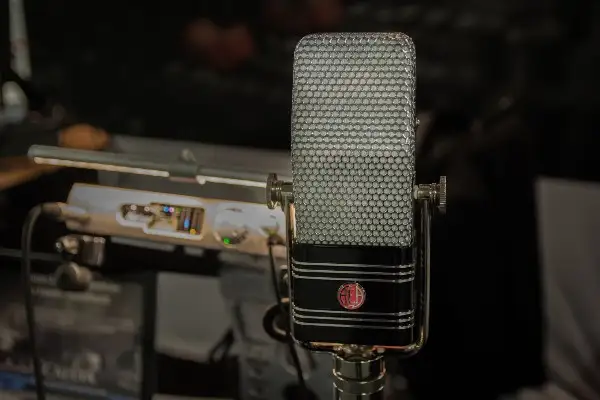
Technically speaking, ribbon microphones can be classified under the category of dynamic mics. However, they have a much more delicate design and tend to have a warmer sound, giving them their own classification. Ribbon microphones usually have a large diaphragm design and a unique figure 8 polar pattern.
These microphones are excellent at picking up low-end and have a natural high-frequency roll-off, making them one of the most accurate music production microphones out there. These microphones act fairly similar to your ears and can easily pick up ambient noise in the room for a more organic sound.
You'll find the most natural sounds with these types of mics, but they are most commonly seen in professional studio recording settings due to their incredibly delicate nature.
How To Pick The Right Type Of Microphone For Your Needs
There isn't one superior type of microphone. Instead, you'll need to find the right microphone type for your individual situation. Here's a step-by-step guide on how to pick out the right types of microphones for your recordings.
1. Consider Your Genre
If you're planning on capturing voice or instrument sounds with your microphone, it may be helpful to consider the genre of music you're capturing with your mic. For instance, punchier, forward vocals associated with genres like rap and rock may be best captured with less sensitive microphones like dynamic microphones.
On the other hand, lyrically-focused genres like pop and folk may crave a smoother, more detailed sound that's produced with a condenser mic. Ribbon mics are also amazing vocal mics that are perfect for capturing singers with a natural lower tone.
2. Think About Your Use Case
You should also take into account your proposed use case for your microphone. There aren't any set-in-stone rules, but here are a couple of common categories that may affect your microphone selection:
Vocal Mics
Since the human vocal cords are such a dynamic instrument, you could theoretically utilize any microphone type to capture their sound. In most instances, vocal recordings are captured using condenser microphones.
Instrument Mics
Instruments like strings, guitars, and live keys can have a bright, sometimes percussive sound that may be too aggressive for sensitive a large diaphragm condenser microphone or a ribbon microphone. For louder, mid-range frequency sounds, you might opt for a small diaphragm condenser microphone.
Low End Instruments
Instruments on the lower end of the frequency spectrum can be particularly difficult to capture. In these instances, you might use a low-end dynamic microphone as your kick mic or bass mic, since these microphones are sturdy, and can still pick up low-range. Ribbon mics can pick up low-end sounds well, but they aren't the best for loud sound sources since they're so delicate.
3. Test Out Different Microphone Models
There isn't one right type of microphone for any recording task. Multiple microphones could be used to accurately reproduce sound, it's more about determining what type of sound you're looking to capture. If you have access to multiple microphone types, test out different models on your desired sound.
While understanding the different parts and types of microphones can help you logically pick out the best tool for the job, nothing can replace listening to the microphones yourself and selecting your sound from there.
4. Record, Rinse, and Repeat
Once you have the type of mic you're searching for, track some sound! Make sure you're taking care to minimize background noise, sound treat your space, and position your microphone correctly. Allow yourself to evaluate the audio signal post-recording and hear how your microphone model performed.
In many cases, finding the right microphone for the job is a matter of trial and error. You might not find the right mic for your needs on the first try, but keep at it! As time goes on, you'll get a better sense of what types of microphones work best for different sounds.
All in all, finding the best microphone for your needs can be a challenge, but it's certainly a skill that can be learned in time. Hopefully, this guide makes it easy for you to track down the perfect microphone for your needs. Have fun recording!


